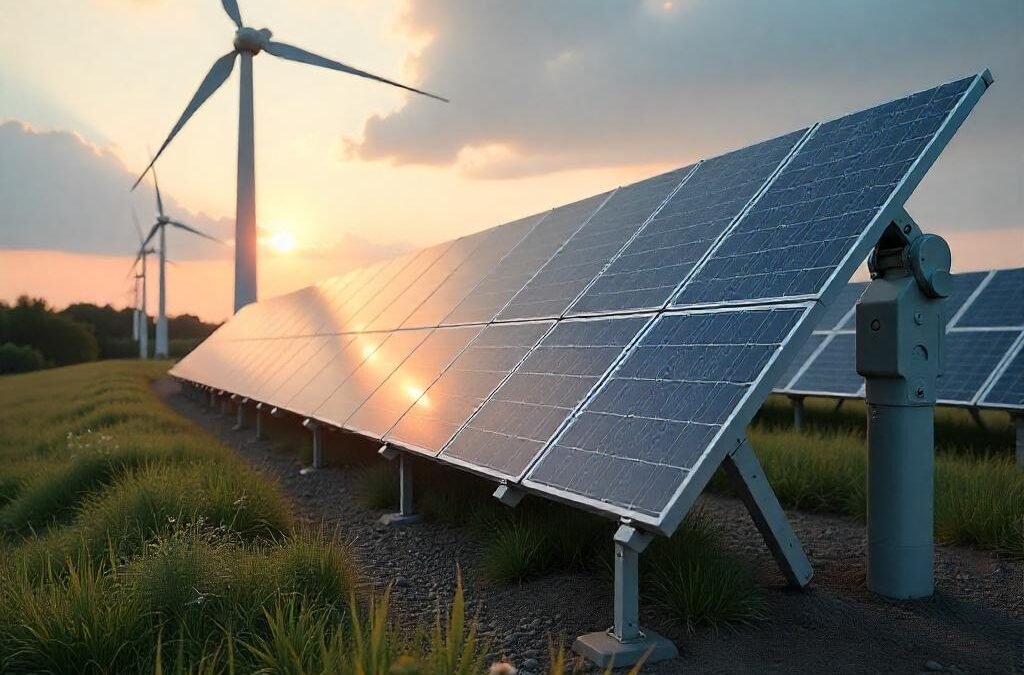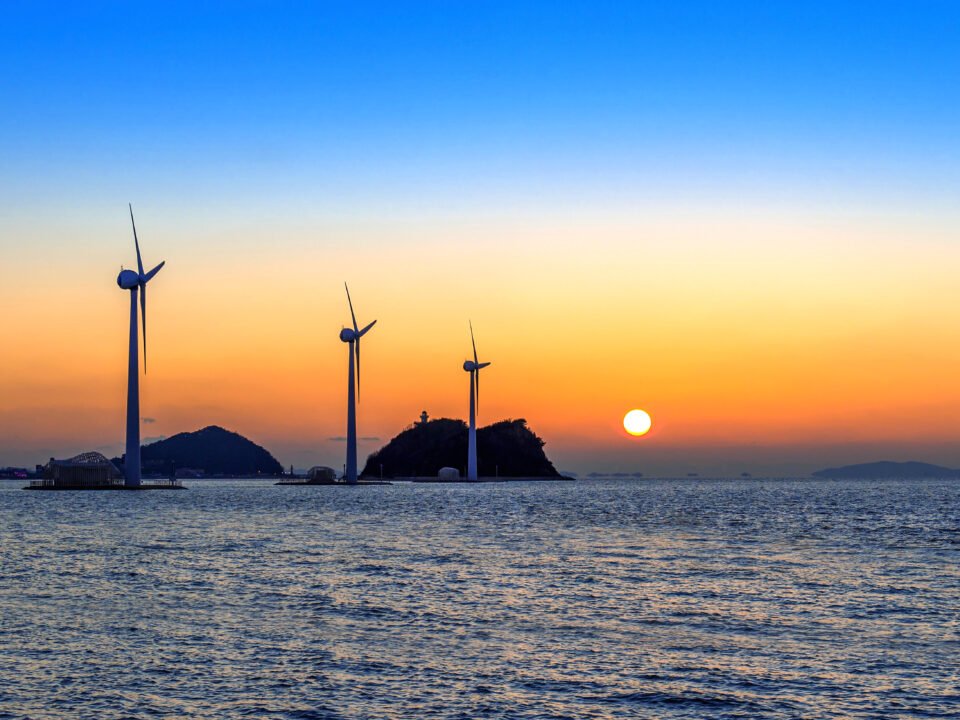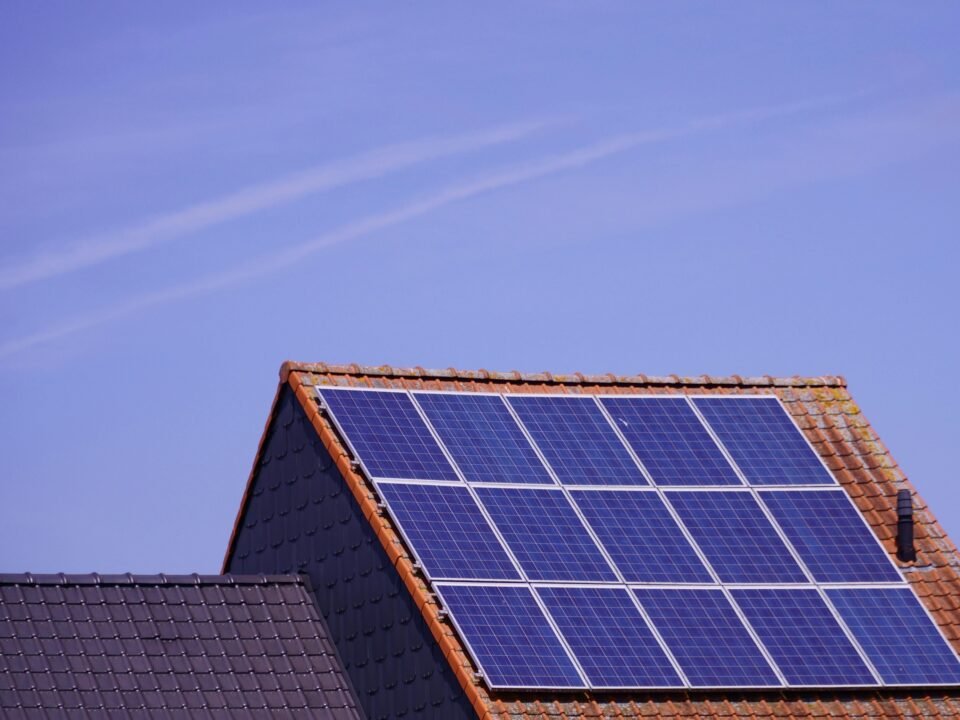In 2025, the global push for sustainable living has reached a pivotal point. The urgency to combat climate change, reduce our carbon footprint, and decrease dependence on finite fossil fuels has made alternative energy solutions more vital than ever. As energy demands continue to rise, countries, businesses, and individuals are seeking efficient, eco-friendly, and economically viable ways to power the future.
This blog explores why alternative energy solutions are essential in 2025, the various types available, and the critical role they play in achieving global sustainability goals.
The Need for Alternative Energy Solutions
1. Climate Change and Carbon Emissions
One of the most pressing reasons behind the shift to alternative energy solutions is the fight against climate change. The burning of coal, oil, and natural gas releases vast amounts of greenhouse gases (GHGs) into the atmosphere, contributing to global warming. According to the Intergovernmental Panel on Climate Change (IPCC), carbon emissions must be drastically reduced by 2030 to limit global temperature rise to 1.5°C. In 2025, adopting clean, renewable energy sources is one of the most effective ways to achieve this.
2. Depletion of Fossil Fuels
Fossil fuels are not only harmful to the environment but also limited in supply. As reserves decline and extraction becomes more expensive, the world must look for sustainable alternatives. Alternative energy solutions—like solar, wind, and geothermal—are not only renewable but also more resilient in the long term.
3. Energy Security and Independence
Countries heavily reliant on fossil fuel imports face risks related to geopolitical tensions and price volatility. Alternative energy solutions can provide energy security by reducing dependence on external energy sources and promoting local production through decentralized systems.
Types of Alternative Energy Solutions in 2025
1. Solar Power
Solar energy is one of the most accessible and scalable alternative energy solutions today. With advancements in photovoltaic (PV) technology, battery storage, and solar panel efficiency, homeowners, businesses, and entire cities are harnessing solar energy to meet their power needs. In 2025, solar has become more affordable, making it a popular choice for both developing and developed nations.
2. Wind Energy
Wind power has seen rapid growth, especially in coastal and high-altitude regions. Both onshore and offshore wind farms are now contributing significant amounts of electricity to national grids. In countries like Denmark and the UK, wind power accounts for more than 40% of electricity production, showcasing the potential of wind as a leading alternative energy solution.
3. Hydropower
Although hydropower has been used for decades, modern innovations have made it more efficient and environmentally friendly. Small-scale and run-of-the-river hydro projects are now helping remote communities access clean power without the ecological damage of large dams.
4. Geothermal Energy
Tapping into the Earth’s internal heat, geothermal energy is a stable and consistent source of renewable energy. In 2025, it is increasingly used for heating buildings, greenhouses, and industrial processes, as well as generating electricity in regions with high geothermal activity.
5. Biomass and Bioenergy
Bioenergy involves using organic materials—like agricultural waste, wood, and even algae—to produce power and heat. When sourced responsibly, it is a carbon-neutral energy source and supports waste management practices. In rural areas, biomass remains a practical and affordable alternative energy solution.
Economic Benefits of Alternative Energy Solutions
Switching to alternative energy solutions offers more than environmental advantages. It brings numerous economic benefits, such as:
- Job Creation: Renewable energy industries are labor-intensive. Installing solar panels, building wind farms, and maintaining clean energy systems generate millions of jobs globally. The International Renewable Energy Agency (IRENA) reported over 13 million renewable energy jobs in 2024, and that number continues to grow.
- Cost Savings: With falling costs of technology and increased efficiency, renewable energy has become cheaper than fossil fuels in many regions. Households and businesses that switch to alternative energy solutions see significant savings on electricity bills over time.
- Investment Opportunities: Green energy is attracting investments from governments, corporations, and venture capitalists alike. Companies embracing clean energy not only benefit from subsidies and tax incentives but also appeal to sustainability-focused consumers.
Environmental and Health Impacts
The environmental benefits of alternative energy solutions are profound. Unlike fossil fuels, they do not emit harmful pollutants, which means:
- Cleaner Air and Water: Reduced air pollution leads to fewer respiratory illnesses and cleaner ecosystems.
- Lower Carbon Footprint: Renewable energy sources drastically cut greenhouse gas emissions, aiding in the global climate fight.
- Biodiversity Protection: By reducing environmental degradation and climate change, these solutions help preserve natural habitats and wildlife.
Challenges and the Way Forward
Despite their promise, alternative energy solutions still face challenges in 2025:
- Intermittency: Some renewable sources like solar and wind are weather-dependent, requiring advanced storage technologies and smart grids.
- Initial Costs: While long-term costs are low, upfront investments can be a barrier, especially in low-income regions.
- Infrastructure Needs: A transition to renewables requires upgrading energy infrastructure, from transmission lines to storage facilities.
However, governments and innovators are addressing these hurdles through supportive policies, public-private partnerships, and ongoing R&D. Continued investment in grid modernization, energy storage, and decentralized solutions will accelerate adoption in the coming years.
Conclusion
As we navigate 2025, the importance of alternative energy solutions cannot be overstated. They are no longer optional or futuristic—they are essential for a sustainable, equitable, and secure energy future. By embracing clean technologies, reducing reliance on fossil fuels, and promoting innovation, we can build a resilient energy system that supports both people and the planet.
Now is the time for individuals, businesses, and governments to act decisively. The choices we make today regarding our energy sources will shape the health of our world for generations to come.



